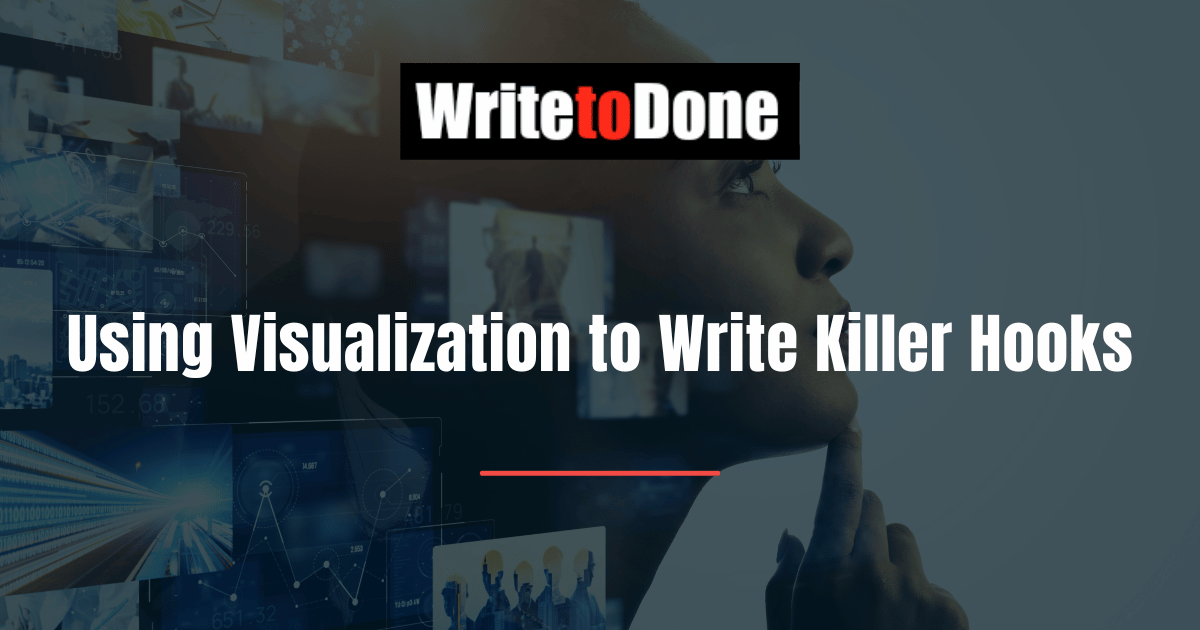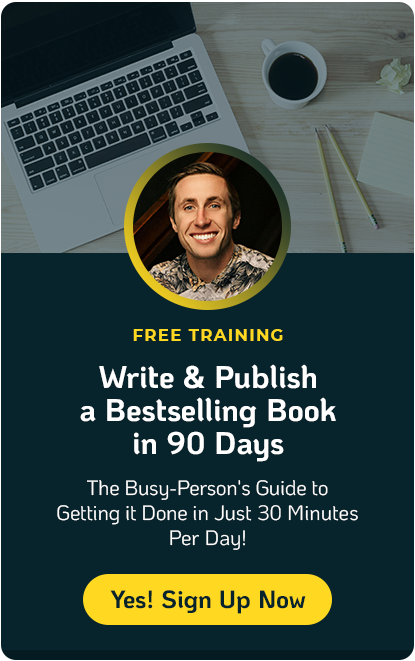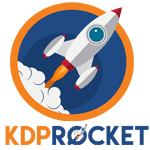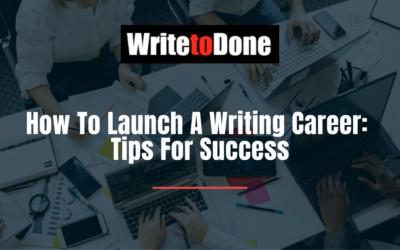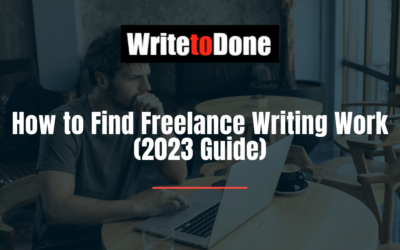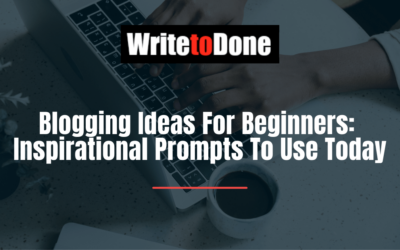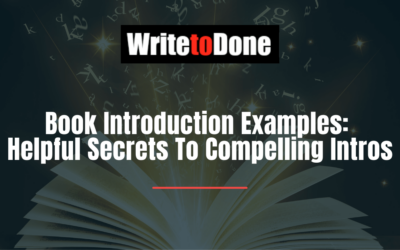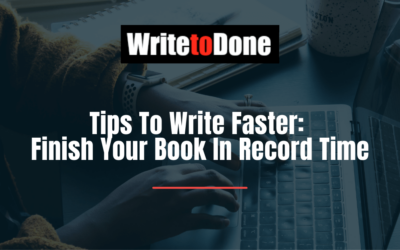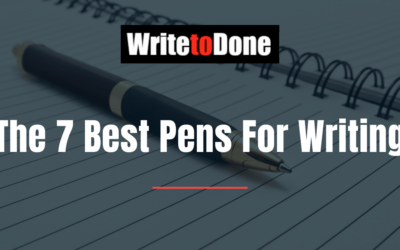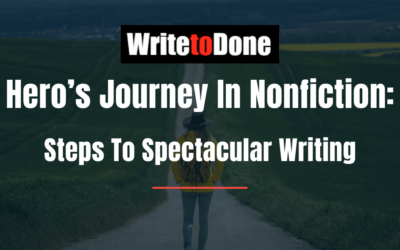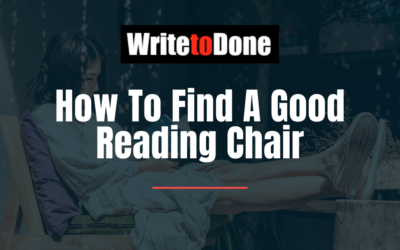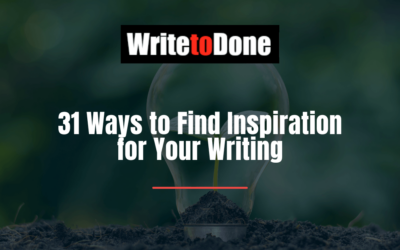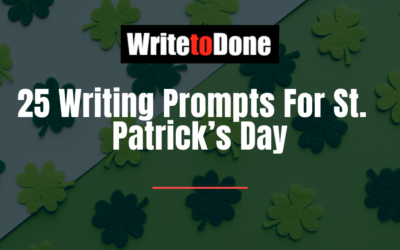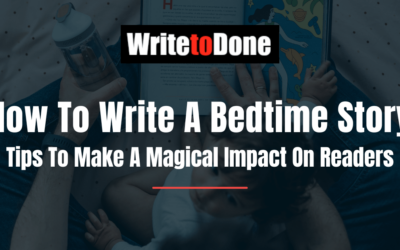The hook
Imagine yourself one year from now.
If you’re a blogger:
You have over 10,000 converting subscribers.
Your website traffic stats are off the charts.
Each of your posts averages 100 comments each.
You are a rock star in your niche.
Or if you’re a writer:
You have released a very successful book or two.
Your fans keep asking for more.
You get so many offers to write for major companies that you have to turn some down instead of the other way around.
You have your very own stalker.
What if I can tell you that this can be done in less than a year (okay, except for the stalker)?
What if I can tell you that by next week, you’ll be writing the type of content that people find irresistible to read and share?
What Just Happened?
What just happened is I hacked your mind. I made you think exactly what I wanted you to think about. I took you from one place and put you in a place where you felt comfortable and powerful. I kept you reading and with each sentence you read, you got more and more interested in what I had to say.
To do all this I used the technique of visualization along with some other strategies to write my hook.
What is Visualization?
Visualization is the act of forming a mental image. Visualization builds rapport which is a feeling of connection and trust between two people. It doesn’t have to be deep but enough to make both parties feel comfortable with each other. Have you ever had a feeling of connection and trust with someone you just met? Did you just feel like they had a magnetic personality? That is rapport at work.
What is a Hook?
A hook is probably one of the most important parts of the entire piece of writing. It is the part that catches the reader’s attention and determines whether or not the reader will continue reading.
Just like in music, the hook is the part of the song that initially grabs the listener’s attention. It’s the part that makes you decide whether you want to listen to the actual verses or not. A hook has the potential to make or break a song.
Hooks can also be described as “Attention-Getters.” According to Colorado State University, “The attention-getter is designed to intrigue the audience members and motivate them to listen attentively for as long as you want them to.”
In General Writing: The hooks are usually created when you are trying to describe a situation, person or place.
In Blogging: The hook is usually what you put before the “<! –more–>” tag in a WordPress blog or page break in a Blogger blog. It is the short section of text that appears on the main page of a blog that entices the reader along with the title to click the “continue reading” or “read more” button.
Blending Hooks and Visualization
As I mentioned earlier, visualization is a technique that creates rapport with your reader. Once you gain the trust of your reader, you have to follow up with something that provides immense value and amazes them. If you achieve this in your writing then you have them hooked.
These are some situations where visualization can be used:
Speech Writing: When writing a speech, you don’t want to bore your listeners and make them fall asleep five minutes into it. You want to keep their attention for as long as possible in order to properly convey your message.
Fictional Writing: Visualization can be the single most important silver bullet in a fictional writer’s arsenal. Your goal would be to engage the reader’s five senses, which means you have to be highly descriptive. Make them see what you want them to see, hear what you want them to hear and feel what you want them to feel etc
Blog Writing: With visualization, you create rapport. With rapport, you create trust. Once you achieve this, you can make your readers subscribe to your feeds, subscribe to your lists and purchase your products, even on their first visit. It’s just that powerful.
Hooks don’t always have to be in the beginning of your piece. You can keep adding them throughout your writing to keep the level of interest of your reader or listener (in the case of speeches) high.
But it all starts with getting their attention in the first place.
Visualization achieves this and more. Some practical ways of incorporating this when writing your hooks include:
- Describing to the reader, the pain they are experiencing.
- Describing to the reader, the pleasure they would like to have (like this post).
- Starting with a very short, personal summary of a story of you overcoming a problem they are currently having. Studies show that people respond more to personal success stories than general advice.
- Adding humor.
- Unusual statements.
- Famous Quotes.
- Giving shocking statistics.
All these create strong mental pictures in the reader’s head and an uncontrollable feeling of desire.
Read back to the beginning of this post. Did you notice that in my hook, I started with the word “imagine” and gradually moved to the phrase “what if”?
These are what are called critical mind switches. When you write a killer hook, your aim is to switch off the reader’s critical mind and these words help you do this. They start to work on their imagination which leaves them open to your suggestions that you can outline in your writing. It’s sort of like hypnosis. You get into the readers mind and are able to influence their decisions but in a more ethical way.
In the case of a blog post on the main page of a site, the “read more” button can also be taken as your suggestion to them which they will gladly follow if your hook is good enough.
Great authors and writers are able to use visualization seamlessly with their writing and this is a powerful strategy to adopt as well.
Some resources to help you write better content:
Five common Writing Mistakes That Bloggers Make – And How to Fix Them
Unleash Your Writing With This Trick from The Movies
Over to You
Do you have a problem with writing hooks?
Are you satisfied with the number of page views your posts generate?
What techniques do you use to write killer hooks?
Tell me in comments. I’d love to help and learn.
A guest post by Nathan Kash (@electricblogger). Nathan is a professional blogger who runs Electric Blogging where you can discover methods of traffic generation, writing excellent content, social media utilization and how to blog effectively. He also gives blogging tips to the newbie blogger and seasoned professional.

